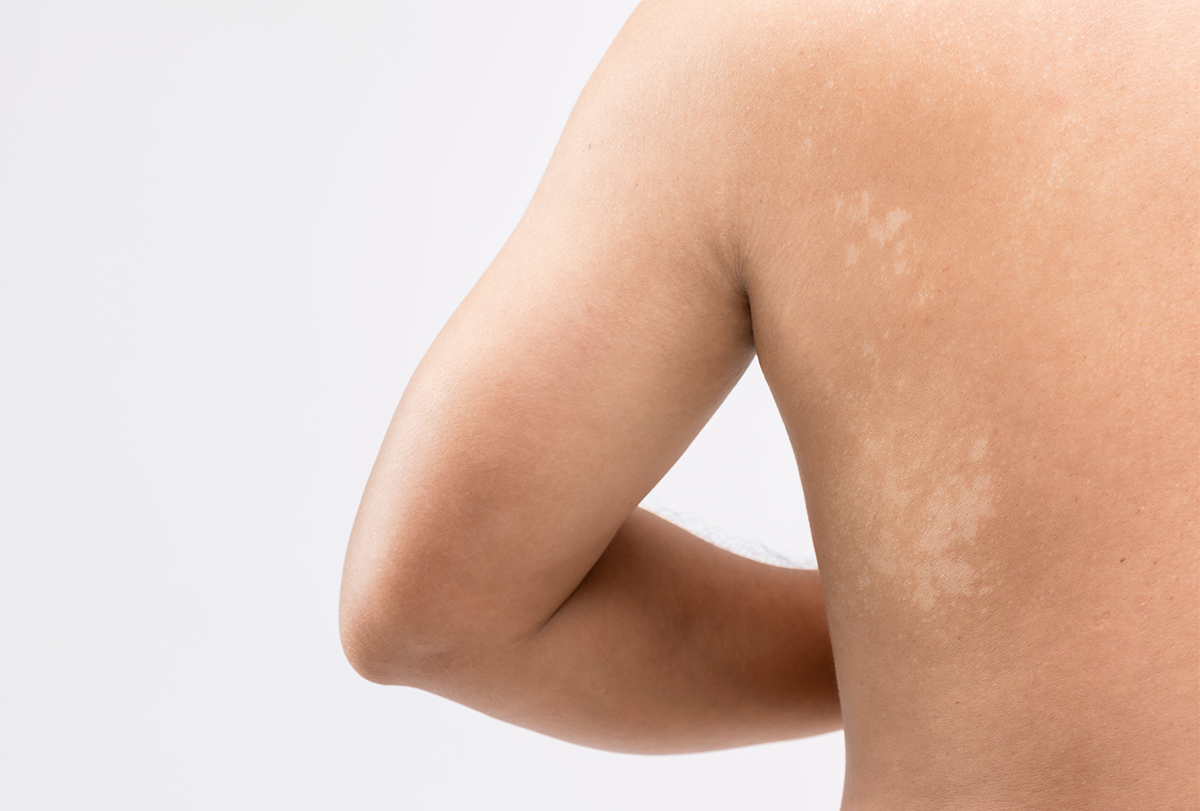Tinea versicolor: causes, symptoms, diagnosis, & treatment
Tinea Versicolor: Causes, Symptoms, & Treatment
What is Tinea Versicolor?
Tinea Versicolor is a common skin condition that affects many individuals. It is caused by an overgrowth of a specific type of yeast called Malassezia, which naturally resides on our skin. However, in certain circumstances, this yeast can multiply rapidly, leading to various skin discoloration and other symptoms.
Symptoms of Tinea Versicolor
Tinea Versicolor often manifests as patches of discolored skin. These patches can be white, pink, tan, or brown and may occur on the face, neck, chest, back, or arms. The affected areas may appear lighter or darker than the surrounding skin, and they often become more noticeable after sun exposure. Other common symptoms include:
- Itching or irritation in the affected areas
- Dry or scaly skin
- Mild discomfort in some cases

Causes of Tinea Versicolor
The exact cause of Tinea Versicolor is not fully understood, but several factors contribute to its occurrence. These include:
- Hot and humid weather conditions, stimulating yeast growth
- Excessive sweating, providing a suitable environment for yeast overgrowth
- Oily skin
Diagnosis and Treatment
To diagnose Tinea Versicolor, a dermatologist typically examines the affected skin and may use a special ultraviolet light known as a Wood's lamp. This lamp can help identify characteristic features of the condition.
Treatment for Tinea Versicolor usually involves topical antifungal medications, such as creams, lotions, or shampoos that contain substances like ketoconazole or selenium sulfide. In some cases, oral antifungal medications may be prescribed.

Prevention Tips
While Tinea Versicolor can be persistent, there are some preventive measures you can take to reduce the risk of recurrence:
- Maintain good personal hygiene
- Avoid excessive heat and humidity
- Wear loose-fitting clothing, especially in warm weather
- Use antifungal powders or sprays, especially in areas prone to sweat accumulation
If you suspect you have Tinea Versicolor or notice any skin discoloration accompanied by itching or other symptoms, it is advisable to consult a dermatologist for appropriate diagnosis and treatment.
Tinea Versicolor may cause distress, but with proper care and treatment, it can be effectively managed. Remember to follow the advice of your dermatologist to achieve the best possible outcome.